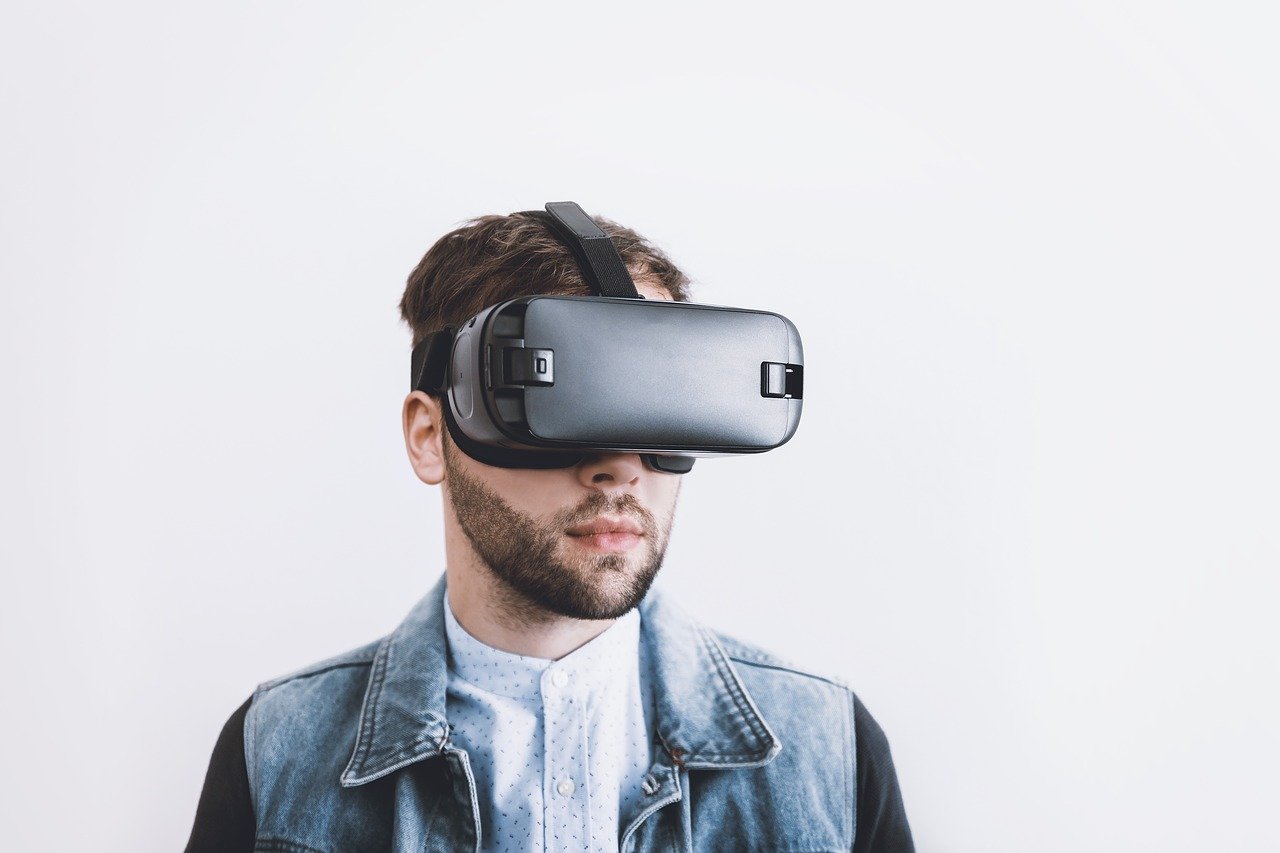 EMERGING TECH
EMERGING TECH
 EMERGING TECH
EMERGING TECH
 EMERGING TECH
EMERGING TECH
ManageXR, a platform for managing virtual and augmented reality devices, today announced it has raised $4 million in seed funding.
The San Francisco-based startup said the round, led by Rally Ventures, is aimed at helping small, midsized and enterprise customers facilitate the expansion and management of their AR/VR device fleets at large scale. That includes distributing apps and files, customizing home screens, tracking device health and usage and more.
The use of AR and VR across industries has been increasing for years and held a market size estimated at about $14.8 billion according to a report from Allied Market Research. Its growth has been fueled by headset makers and enterprises turning to extended reality to train workers, doctors using AR and VR to treat patients and schools using it as part of education. PricewaterhouseCoopers estimated that 23 million jobs will be using the technology by 2030.
Luke Wilson, founder and chief executive of ManageXR, told SiliconANGLE that he developed the idea for the platform while working with children’s hospitals.
“We started in healthcare and I was working with doctors at Stanford Children’s Hospital,” said Wilson. “We were using VR to reduce pain and anxiety in pediatric patients.”
The program showed a lot of initial success, but as it began to grow, what started to get in the way was keeping all the devices up to date. Wilson said that at first, he was the only one who could go out and update them with new software or maintenance patches.
“We were constantly creating new applications and new experiences and we wanted to make sure that the hardware had all the latest updates, but we couldn’t be asking doctors and nurses to update their own hardware so we basically had to do the job for them,” Wilson said.
What started out as a local one hospital operation and eventually expanded to deliver over 1,000 devices to more than 200 children’s hospitals. Wilson and his team built a bunch of internal tools and “jury-rigged” what they needed to make the deployment successful. That taught them some dramatic lessons in what was needed to scale up a VR operation and now ManageXR is familiar with the pains and challenges that come with scale.
“It became very clear to us that if VR is going to change the world and is going to impact people the way we believe it will, there needs to be this infrastructure that can support these types of deployments,” Wilson said.
In one customer example, Lobaki Inc., a company that assists schools across the country with VR-enabled education, had a failure that affected some of their hundreds of headsets in Arizona. However, the company is headquartered in Mississippi. As a result, the company had to send employees to set up a tech clinic and have their at-home users drive out for in-person support.
Now, using ManageXR’s management capabilities, Lobaki can update all of its VR devices remotely without sending employees across the country. Instead, the management dashboard enables an all-in-one view that allows administrators to keep all devices updated. It can also add and remove apps, add files and review the health of devices remotely.
“The ability to remotely fix a malfunctioning app enabled us to sustain a 200-device deployment at a school over 1,200 miles away,” said Amber Coeur, chief executive of Lobaki. “With ManageXR, we can take on larger projects with confidence.”
Using the platform, customers can also put devices into what ManageXR calls “kiosk mode,” which allows them to control everything users see and hear. That streamlines the experience when a user dons a headset to only what the customer needs, allowing them to control what shows up on the home screen.
XRHealth, a provider of AR and VR telehealth applications, uses this mode on its own headsets to create a custom home screen so that users only see the health applications and receive a tutorial when the headset is first donned.
That reduces a lot of effort for customer service because users receive instructions the moment they put on the headset and don’t have superfluous applications installed on the device to distract them. Patients can jump into clinical sessions directly from the home screen without any complications. Also, using ManageXR’s platform, XRHealth can easily reset a device when a patient is done to prepare it for the next user.
Support our mission to keep content open and free by engaging with theCUBE community. Join theCUBE’s Alumni Trust Network, where technology leaders connect, share intelligence and create opportunities.
Founded by tech visionaries John Furrier and Dave Vellante, SiliconANGLE Media has built a dynamic ecosystem of industry-leading digital media brands that reach 15+ million elite tech professionals. Our new proprietary theCUBE AI Video Cloud is breaking ground in audience interaction, leveraging theCUBEai.com neural network to help technology companies make data-driven decisions and stay at the forefront of industry conversations.